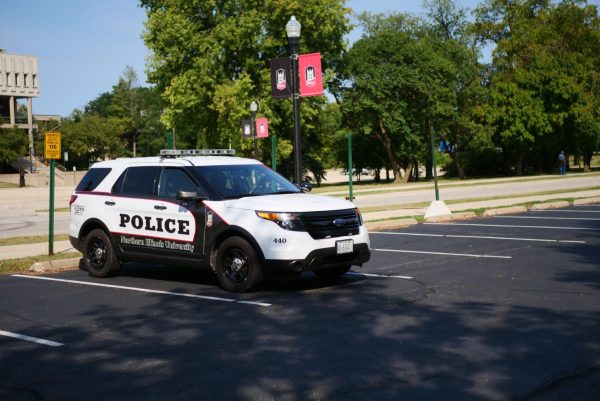Teacher making the grade?
September 18, 2002
You may be working hard to make the grade, but don’t forget: At the end of the semester, before the teachers ever give their students a grade, the students give them one.
How? Student evaluations. That is, the forms that students fill out at the end of each semester that rate their instructors’ teaching ability.
So what are student evaluations for? Philosophy department chair James Dye said the main purpose is to determine teachers’ income.
“On a year-to-year basis,” Dye said, “primarily what they’re used for are salary recommendations.”
A number of years ago, he said, the Student Association campaigned to make teacher evaluations public to the student body, as a way for students to know which teachers to take. However, that never materialized, and only teachers and the faculty who evaluate them may see student evaluations. Teachers, though, never are shown their student evaluations until their students’ grades already have been recorded.
“We don’t usually see them until the next semester has started,” said Doris Macdonald, a language and linguistics teacher who also is the director of undergraduate studies for the English department.
Macdonald and Dye said teachers are evaluated in three categories: teaching, service and scholarship. Student evaluations come into play in the category of teaching.
The evaluations usually consist of two parts: a list of questions that allows students to rate their teachers numerically and a comment sheet.
Dye said the numerical ratings automatically are processed to give an overall tally of how the teacher was ranked on each question. The comment sheets are the private property of the teacher. However, a teacher nearly always gives his or her permission for the comments to be reviewed by their department chair and by their department’s personnel committee.
“I look at all the written comments,” communication department chair Lois Self said. “I make some notes on that, how many students made comments, what students were praising or had concerns about.”
If the department chair teaches classes, the personnel committee evaluates the comments the chair received.
Most departments have several different types of evaluations for different kinds of classes.
Macdonald said the English department has two different evaluations: one for general education courses and one for electives or courses within the English major. The communication department has a separate kind of evaluation, depending on whether the course is a production course, a seminar course, a lecture course, a lecture/discussion course or a writing-based course.
“There use to be a college-wide evaluation,” Self said.
She thinks that a lot of departments now are making their own evaluations, which are tailored to their specific courses.
While students question whether to direct their comments to the personnel committee or to their teachers, Dye said evaluations primarily are for the personnel committee, but can be directed to the teachers.
As a teacher, Macdonald said the most helpful type of comments she receives are specific comments.
“It’s always nice to hear, ‘Hey, great class!’ but it’s more helpful to hear what worked for you and what didn’t,” she said.
Self said the issue lies with students being less specific.
“One thing I’ve kind of noticed in the last year or two,” she said, “is that students seem to be more extreme in the positive or negative – more polarized, I’d say – and not really very constructive. I kind of wonder how much is the student really thinking about the comment.”
However, Dye reminds that comments still are not primarily for the use of the teacher. He said it’s possible that students will write helpful comments to their teacher, and the teacher may never read them.













